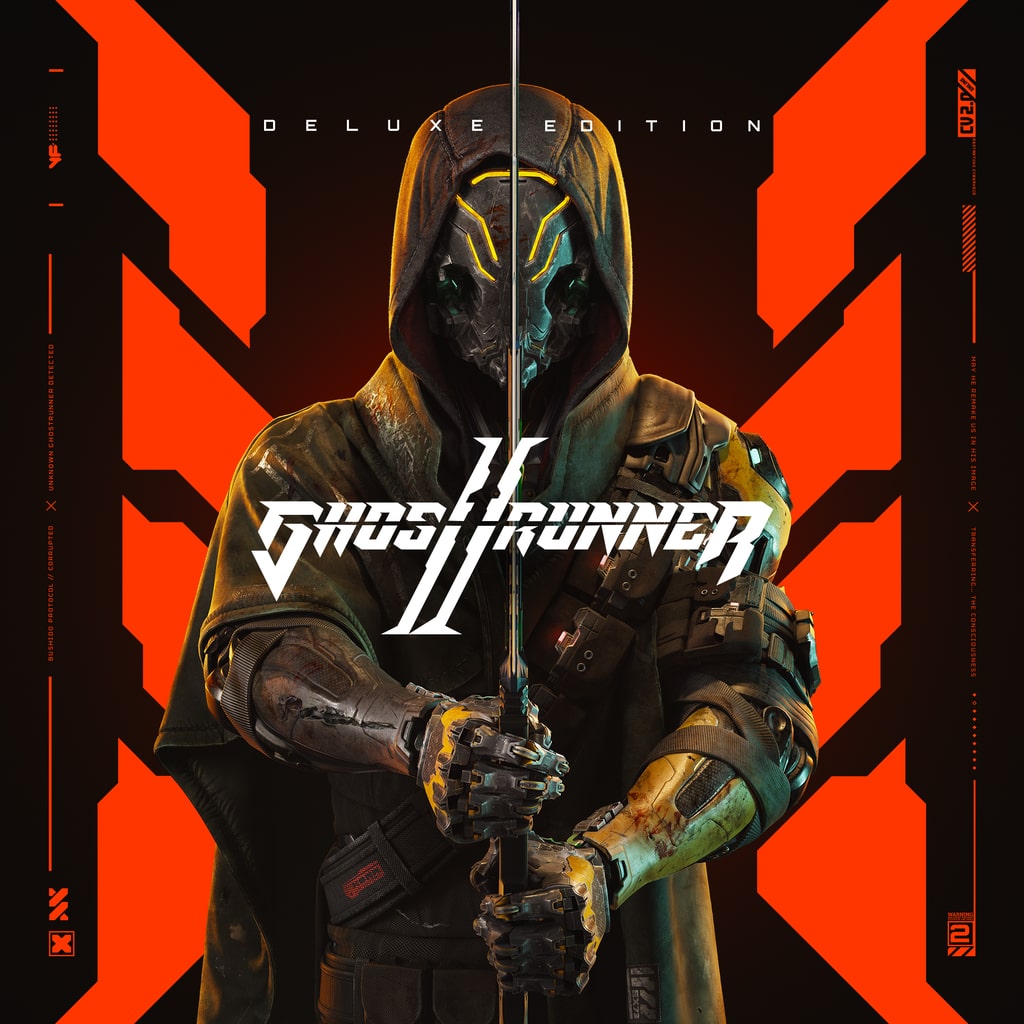
The recently released Ghostrunner 2 improves on several key aspects of its predecessor, with its story being one of the most important areas where improvements have been made. Despite being released amongst many highly anticipated titles, Ghostrunner 2 still generated a lot of buzz. One of the reasons for this is that it is built on the solid foundations of the first game, which was beloved by many.
The first Ghostrunner game made waves in the gaming community thanks to its flashy, fast-paced and relentless combat, perfect for gamers looking for a fast-paced challenge. Additionally, the game’s visual and audio aesthetics were pleasant and interesting, if not revolutionary, compared to other sci-fi works. The game’s story, which is less discussed, tells the story of the android protagonist Jack as he discovers his humanity and rebels against the oppressive anti-human forces that control Dharma Tower. This framework makes Ghostrunner a fantastic cyberpunk story filled with thought-provoking characters and themes. While the first game hit the mark in many ways, it fell flat in some areas, and the sequel sharpened the series’ storytelling in many ways.
Why Ghostrunner 2’s Storytelling Is More Effective
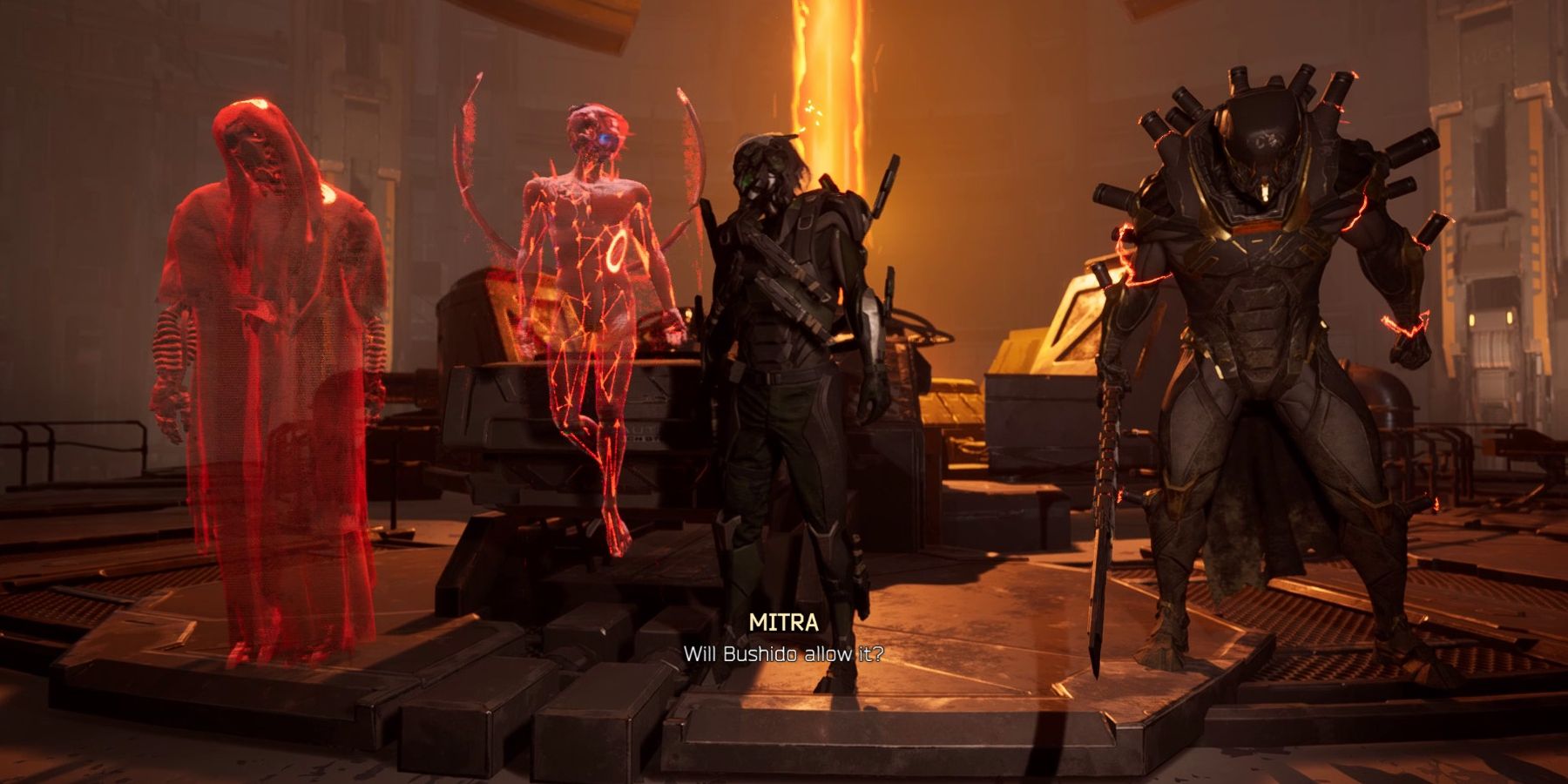
The lore of the Ghostrunner universe is certainly fascinating, especially for fans of dark, dystopian science fiction. Ghostrunner is set on an Earth on the brink of annihilation due to an unspecified cataclysm known as the Burst. Humanity is forced to live in the Dharma Tower, a gigantic skyscraper that is ultimately controlled by a rogue AI intent on wiping out the remaining human race. This setting, along with Jack’s personal journey, is one of the best parts of Ghostrunner.
Where the First Ghostrunner’s Story Struggled
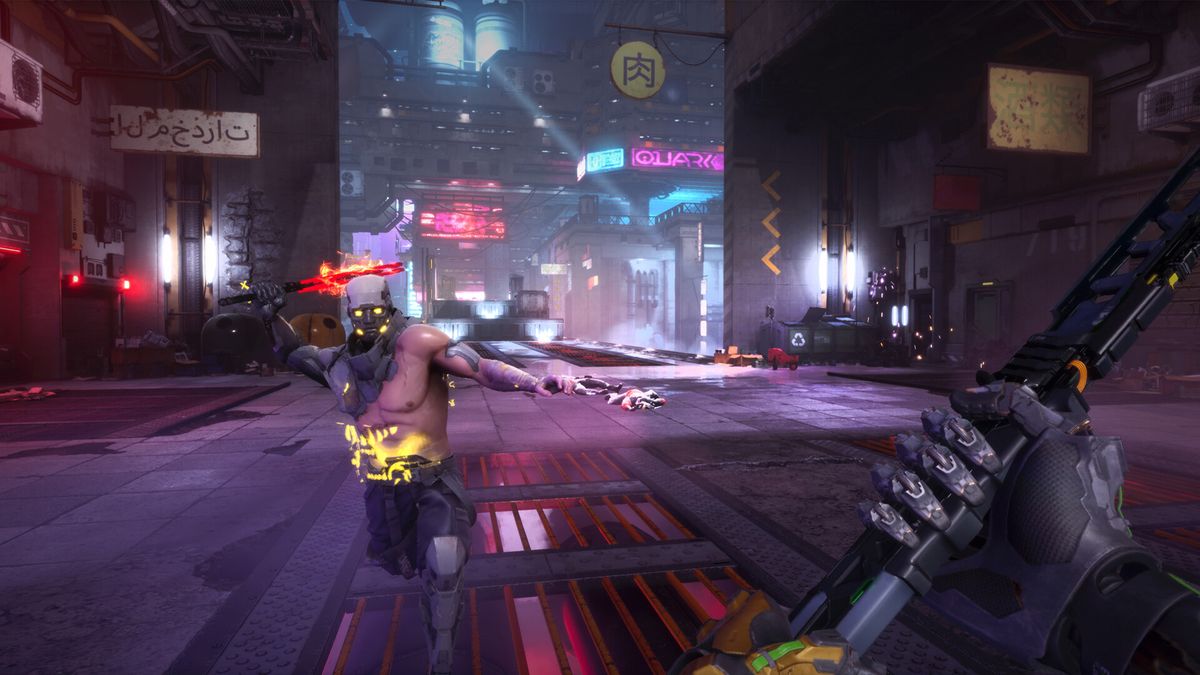
While the premise is intriguing, the execution leaves something to be desired in some places. Most of Jack’s interactions with other characters consist of radio conversations, and no characters like Zoe, who play a key role in Jack’s journey of self-discovery, are ever introduced. All of this makes it hard for Ghostrunner to get invested in the game’s characters and interpersonal relationships, which can make it feel emotionally detached. Similarly, the story is more focused on lore than characters, and can feel a bit too worldly at times, but given the story’s main theme of human discovery, this is a missed opportunity.
Ghostrunner 2 Has Better Narrative Presentation
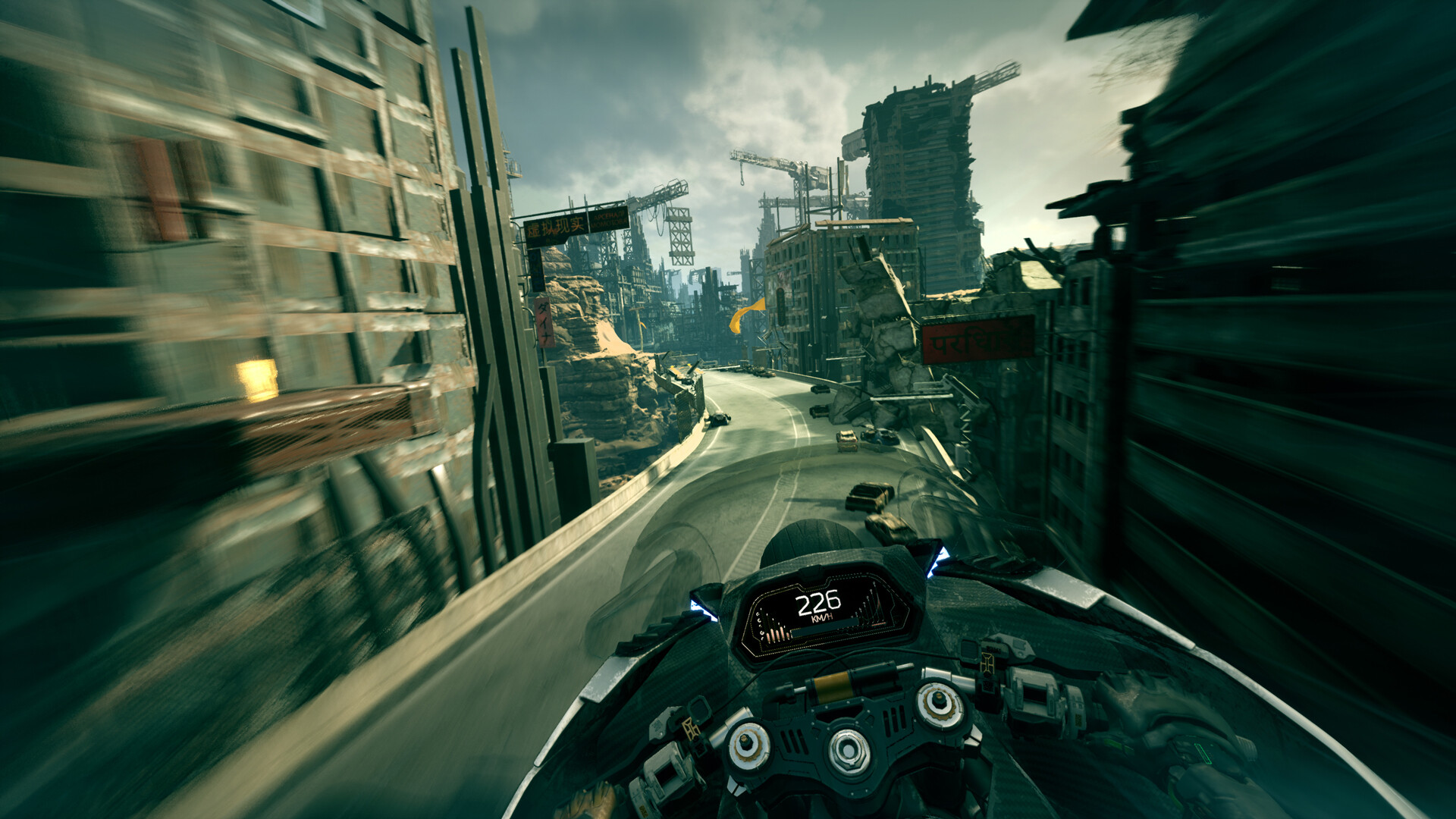
The sequel made significant improvements in terms of presentation. Ghostrunner 2 offers more variety in gameplay, including a central area where Jack can interact face-to-face with the game’s other characters. These personal encounters go a long way in making the story more emotional, making each character feel like a real person who exists outside of radio messages. It also gives the game more opportunities to expand on the theme of human relationships, as Jack (and by extension the player) has more opportunities to actually form relationships with these NPCs.
The Premise of Ghostrunner 2 is More Complex
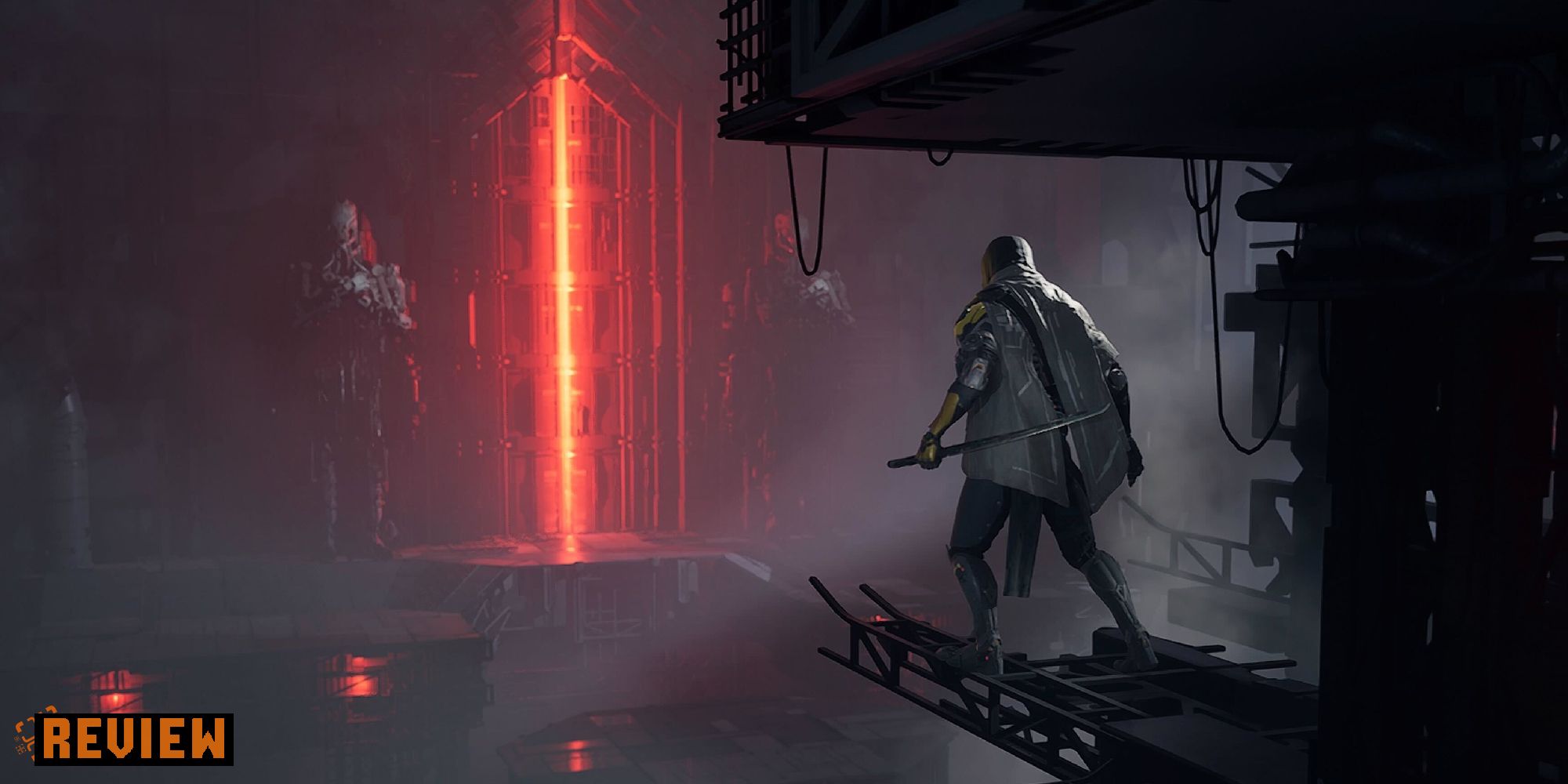
Ghostrunner 2’s fast-paced combat and movement mechanics are still the focus, but the way the game’s narrative is presented makes the story more effective. The game’s plot picks up where the first left off, this time seeing Jack and his team attempt to restore some sort of order to Dharma Tower. There are a lot of interesting directions Ghostrunner 2 can take based on this premise, but ultimately its story is more personal, optimistic and complex, as our heroes seek to build a better world rather than destroy the oppressive one that already exists. This planned narrative, along with the game’s new and improved approach to NPCs, makes Ghostrunner 2 a vast improvement in the story department.

Leave a Reply